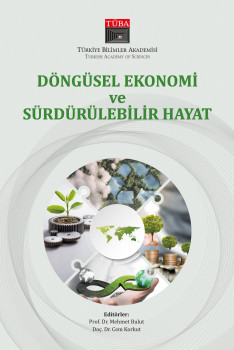From Wastewater Treatment Plant to Wastewater Refinery

From Wastewater Treatment Plant to Wastewater Refinery
In the past, wastewater treatment plants (WWTPs) were built mainly to protect the receiving water body quality, but due to energy and raw material constraints, reducing the energy consumption of WWTPs and ensuring material recovery have also gained importance. However, it is not possible to achieve the desired level of energy and material recovery in WWTPs where conventional activated sludge (AS) processes are applied. In order to achieve this goal, innovative processes need to be implemented. With the innovative processes, it is possible to make WWTPs energy neutral or even energy positive, and to recover valuable materials from wastewater. In order to improve the energy balance of WWTPs, it is necessary to reduce energy consumption by providing process optimization and extract the energy content of wastewater. Generated excess sludge after treatment can be used as soil conditioner (compost) or auxiliary fuel after various processes. Nitrogen and phosphorus can be recovered in various forms from the digester side streams. With the application of advanced treatment technologies, water recovery can be achieved to be used for different purposes (irrigation water, industrial utility water, toilet flush water, etc.). WWTPs can be transformed into wastewater refineries through the maximization of energy and material recovery.
